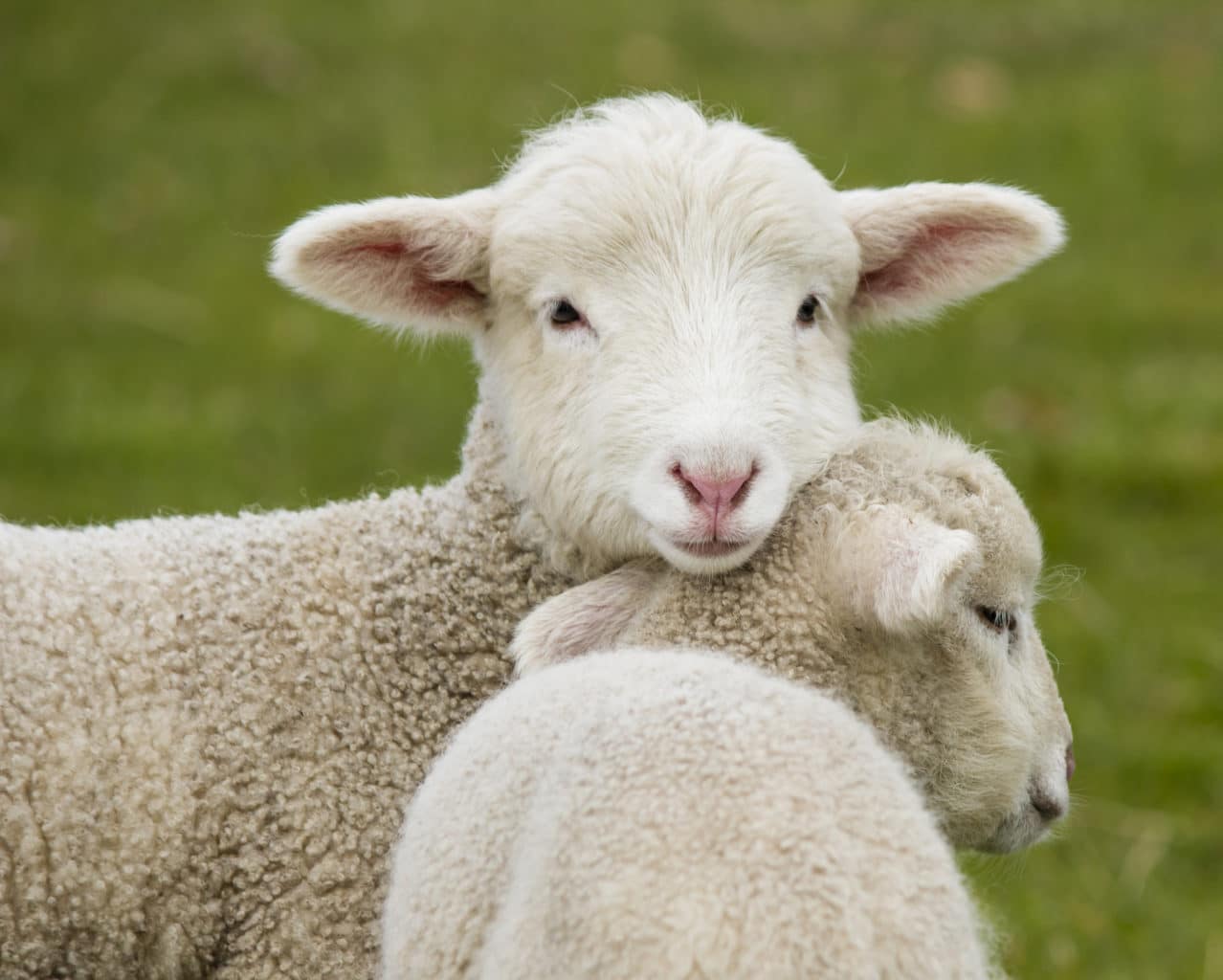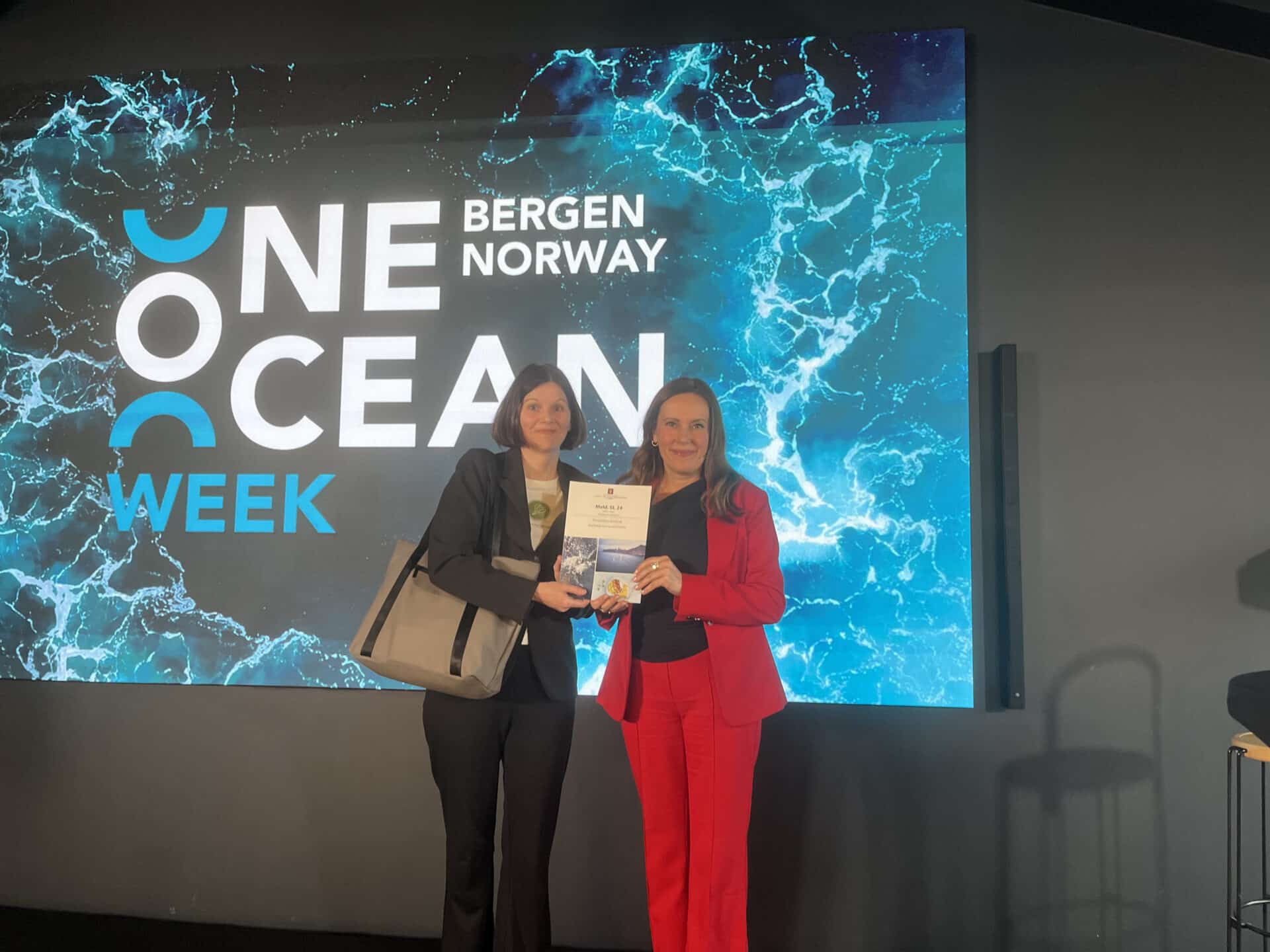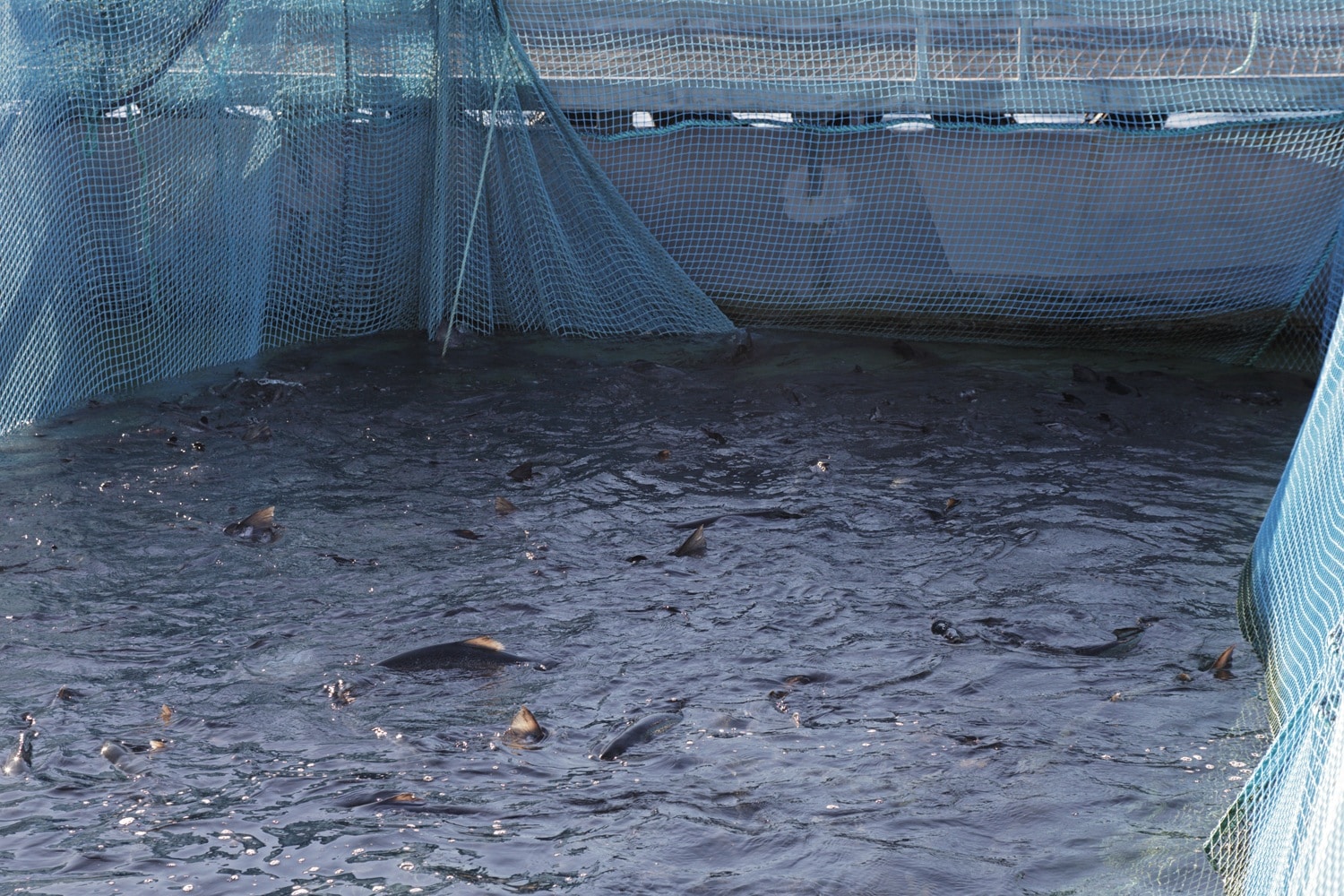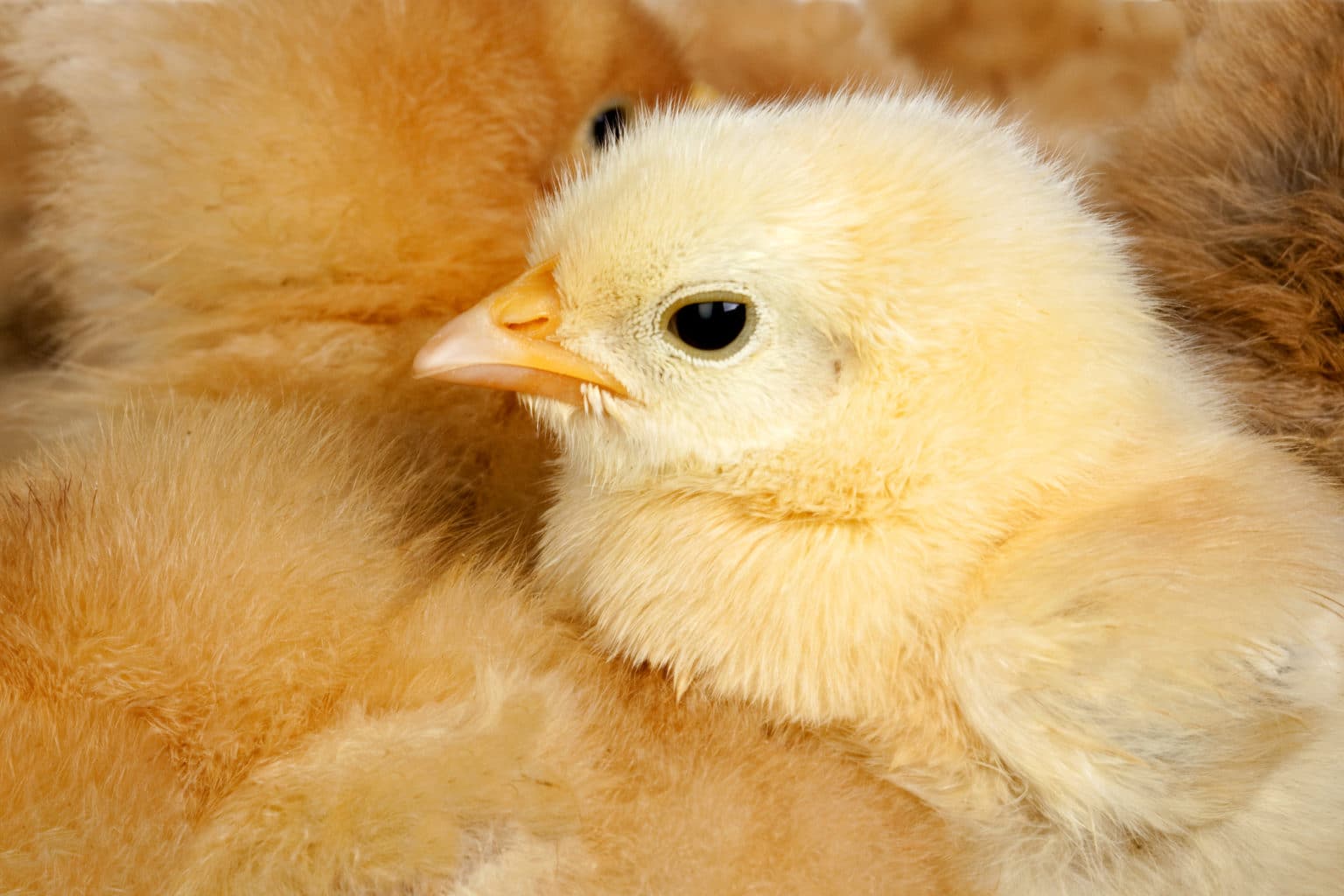How to find wool produced with better animal welfare? Our new consumer guide on wool helps you choose the brands that care.

Wool may be produced in one country, sold at auction, shipped and sent to spinning mills in another country before the final garnments are sold at yet another location.
Place of origin may be difficult to trace and animal welfare standards may vary. Major wool producers are Australia and New Zealand, but other producers like South Africa, Argentina, Turkey, the UK and China underline the international nature of wool trade.
Examples of common animal welfare concerns are the use of mulesing and other mutilations, neglect, parasites, and brutal handling. With our new consumer guide on wool we will help you choose the brands that care.
Labeling schemes for wool
The Norwegian Animal Welfare Alliance has reviewed all the most common labelling schemes on the world market. We identified around 15 different labelling schemes and sorted them based on two criteria: Animal welfare and tracebility in the supply chain.
In our consumer guide fashion brands are given a green light, a yellow light, or a red light, depending on their policies on animal welfare.
To get a green light the brand must use a labelling scheme for a 100% of their wool. The labelling scheme must include a ban on mulesing, at least one other substantional animal welfare criterion and tracability in the supply chain. So far the Responsible Wool Standard (RWS), ZQ, SustainaWool Gold, New Merino and Authentico have met our requirements. In addition, we have included recycled wool labelled RCS 100. A dozen fashion brands have qualified for a green light so far, among them some of Norway's best known sportswear brands.
Animal welfare requirements to suppliers
To get a yellow light the fashion brands are required to have a policy against mulesing. We do not require the use of a labelling scheme, however this is strongly recommended. In this group we find brands that have taken their first step to acknowledge animal welfare, addressing a commonly known problem that is relatively easy to solve. However, animal welfare is so much more than just mulesing, and most of these brands still have a long way to go. Others already have a percentage of their wool labelled and are working actively to replace their suppliers. So far more than 80 fashion brands have been given a yellow light.
Fashion brands with no commitment on animal welfare are given a red light. So far this applies to only one brand.
We are planning to strengthen the requirements for the consumer guide on wool over time. In the process we have received useful information from both labelling schemes and fashion brands. A special thank you to Four Paws for valuable input to our work.


